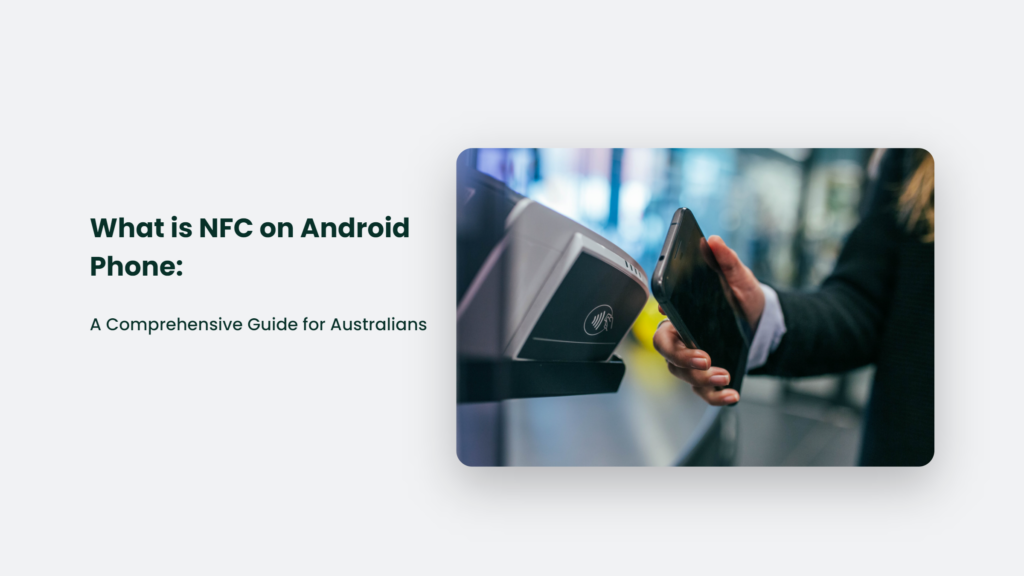Imagine a world where your smartphone can make secure transactions, exchange digital content, and connect electronic devices with just a touch. Sounds like magic, right? Well, it’s not magic, but it’s close. Near Field Communication (NFC) is a game-changer for Android phone users in Australia and worldwide.
In this informative and engaging article, we’ll explore what is NFC on Android phone, including its benefits, uses, and some fascinating statistics. So, buckle up and get ready for a wild ride into the world of NFC!

What is NFC on Android Phone and How Does it Work?
NFC is a set of short-range wireless technologies that typically require a distance of 4cm or less to initiate a connection. It allows users to share small data payloads between an NFC tag and an Android-powered device or between two Android-powered devices. NFC transmissions are short range (from a touch to a few centimeters) and require the devices to be in close proximity.NFC technology has its roots in radio-frequency identification (RFID), which was invented by Charles Walton in 1983.
The technology has evolved, with major companies like Nokia, Sony, and Philips committing to integrating NFC into their devices. NFC is widely used in smartphones, tablets, and other electronic devices.NFC operates at a frequency of 13.56 MHz and follows the ISO/IEC 14443 standard for smart cards and the ISO/IEC 18000-3 standard for RFID.
The technology uses inductive coupling to transfer data and power between devices, allowing for simultaneous data transfer and power supply.
NFC in Numbers: Statistics and Data
The NFC market has experienced significant growth in recent years. Here are some interesting statistics and data about NFC technology:
- The global NFC market size was valued at $15,531 million in 2019 and is projected to reach $54,521 million by 2028, registering a CAGR of 14.8% from 2021 to 2028.
- Most mobile phone users have made contactless payments using NFC technology in recent years.
- NFC technology use has surged worldwide over the last 24 months.
- The NFC market size is projected to reach USD 34.9 billion by 2025, at a CAGR of 14.2% during the forecast period.
These statistics show that NFC technology is becoming increasingly popular and is expected to grow in the coming years.
Frequently Asked Questions:
What devices support NFC?
Most Android smartphones and some tablets support NFC. You can check your device’s specifications on the manufacturer’s website or search online to see if it supports NFC.
Can I use NFC for more than just payments?
Yes, NFC technology has numerous applications beyond payments, such as exchanging digital content, connecting electronic devices, and even locking/unlocking doors with smart locks.
Is NFC secure?
NFC provides secure transactions and data exchange, ensuring the safety of your personal information.
Conclusion: Embrace the NFC Revolution
NFC technology transforms how we interact with our Android phones and the world around us. From secure transactions to seamless data exchange, NFC makes our lives more convenient and connected. So, why not embrace the NFC revolution and unlock the full potential of your Android phone? After all, it’s not magic, but it’s pretty darn close!




